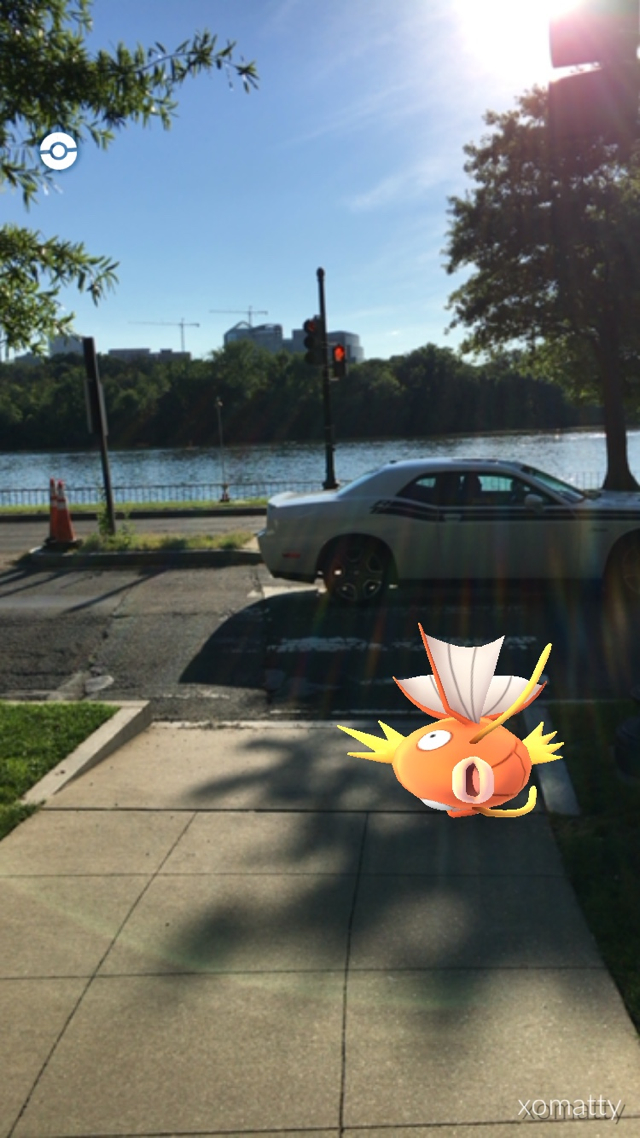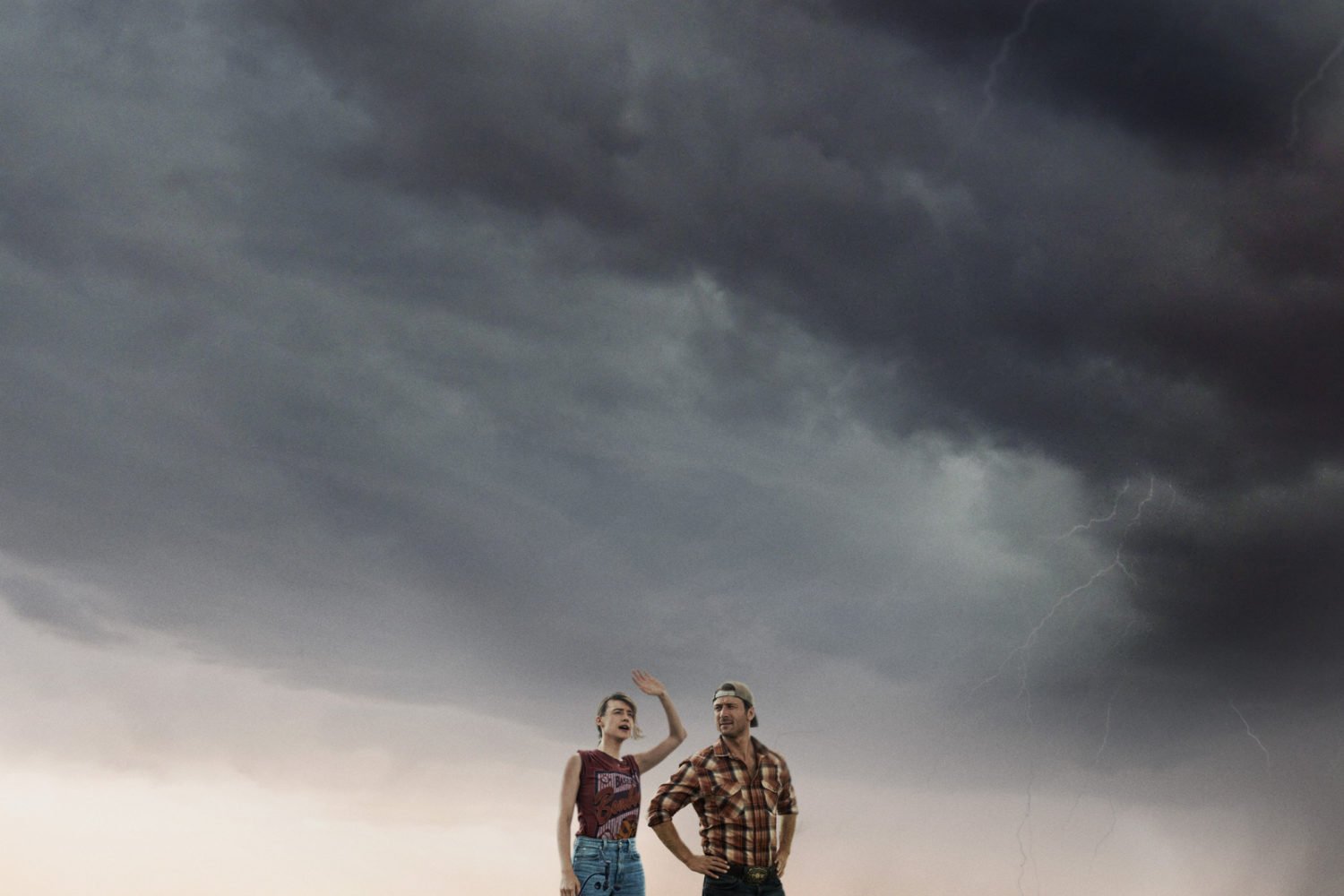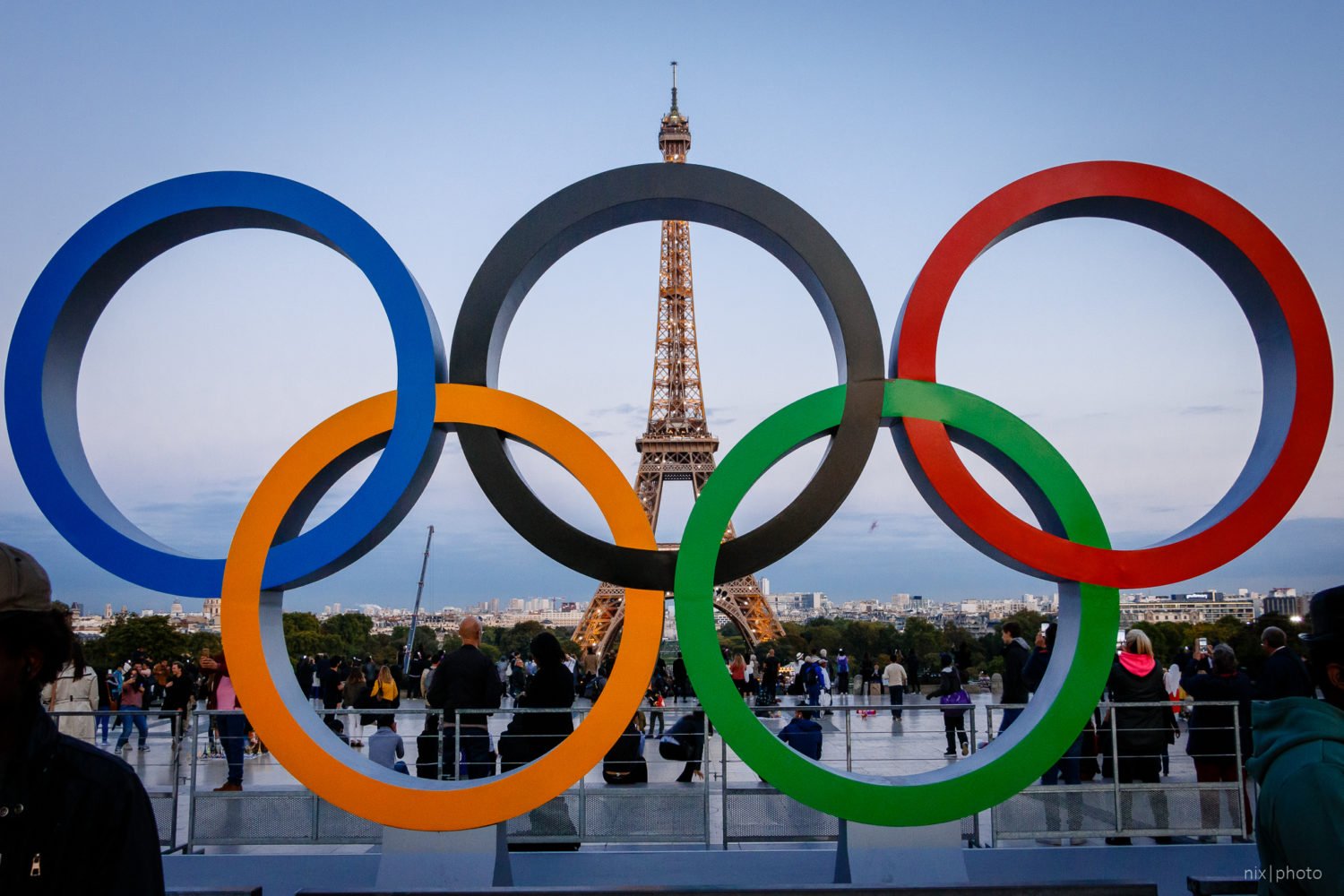Just five days into its run, the release of the mobile game Pokémon Go is one of 2016’s defining moments. Since its release last Thursday, the game has been downloaded more than 7.5 million US users, and is raking in $1.6 million per day from in-app purchases, making it one of the most instantly lucrative apps around.
The game’s addictive appeal is easy: It takes a user’s phone real-time, satellite-provided location, and overlays the map with 151 cuddly, animated monsters from the Pokémon bestiary, which users can then “catch” by flinging balls at them.
But the game has also turned many of those 7.5 million players into wandering hordes that drift haphazardly between “PokéStops” without giving much attention to their real-world surroundings. Already, there are numerous reports of Pokémon Go-related injuries, such as the San Francisco man who is now walking with the assistance of a cane after tripping over a hole in the ground while hunting a Cubone, or the New York woman who nearly walked up to the edge of a subway platform because there was a Zubat to collect.
“Distracted walking” has been an increasing public-health issue for years as people grow more and more attached to their phones. Pedestrian injuries related to mobile-phone use jumped 35 percent between 2010 and 2014, according to Governing magazine, with phones use being cited in as many as 10 percent of the roughly 78,000 pedestrian injuries recorded in 2012. And people between 21 and 25 years old—many of whom grew up with Pokémon as a franchise that encompassed television, video games, and collectible-card games—are most susceptible to these kinds of maladies, according to a 2013 study at Ohio State University.
Already, the Pokémon Go sensation is worrying some advocates for pedestrian safety.
“Having video games that are more supportive of activity is a good thing, and especially one that gets people out and about and connecting with nature and their community is really cool,” says Kate Kraft, the executive director of America Walks, which advocates for more walkable public spaces and pedestrian-friendly regulations. “But distracted anything—driving, biking, walking—has the potential for real disaster.”

Pokémon Go calls out landmarks large and small on its map. A rainwater garden on the corner of 19th and L streets, Northwest, outside Washingtonian’s office, is a “Pokéstop,” though no creatures popped up there on Tuesday morning. Pokémon have also been spotted at the Holocaust Museum, prompting the institution to remind visitors that it is a place for solemn, historical reflection, not chasing cartoon monsters. Meanwhile, the National Mall and Memorial Parks section of the National Park Service is playing along with “disturbing reports of Charmanders and Jigglypuffs roaming around the grounds of the Washington Monument” and promising ranger-led “hunts.”
The NPS’s embrace of the game almost seems like it’s encouraging more misadventures. But Kraft pins any risks associated with Pokémon Go squarely on its users rather than the app itself.
“I don’t think the app is irresponsible,” she says. “Perhaps some of the use of the app is turning into careless behavior. All of us have a responsibility to act in ways that are safe and caring around us and our environment.”
That is the paradox Pokémon Go creates for urbanists: while the app leaves its users prone to boneheaded injuries—and, more nefariously, becoming statistical evidence in arguments against millennials–it also encourages them to go outside and walk around.
“I do think the idea of creating games that are encouraging people to move is a good thing,” Kraft says. “We want people to experience their environments.”
But therein lies the danger. When Pokémon Go is opened, it flashes a screen advising the player to “Remember to be alert at all times, stay aware of your surroundings.” A trailer for the game shows giddy users pausing to pull out their phones before attempting to capture a Pokémon—a jogger comes to a full stop before snagging a Psyduck, a cyclist responsibly dismounts before hatching a Cubone.
Now check out this real-life hero in Vancouver, Washington, who played the game while riding his bike, only to crash while trying to reach the nearest Pokémon “gym.” He appeared to be fine—in fact, he brazenly hops back on and keeps hunting, but the risk should be obvious.
Although there is that initial screen when the game loads, Kraft says perhaps there should be more warnings, or perhaps it should be engineered to not function while the user is in motion. Some apps that offer driving directions, like Waze, prevent users from typing while the vehicle is moving. Many states and cites have laws against “distracted driving,” but people walking aimlessly while tapping away at their phones—whether texting, tweeting, or wrangling Pikachu—doesn’t have a simple bureaucratic fix.
“How do you regulate that behavior?” Kraft asks. “Can you engineer some features that when moving, your apps won’t come on?”
Better still, Kraft suggests, would be to improve public spaces so that people will be less tempted to augment reality with little cartoon sprites. “The other side of it is that maybe we need a campaign to remind people that their surroundings can be breathtaking and bewildering and they can see the world around them for what it is,” she says.



















